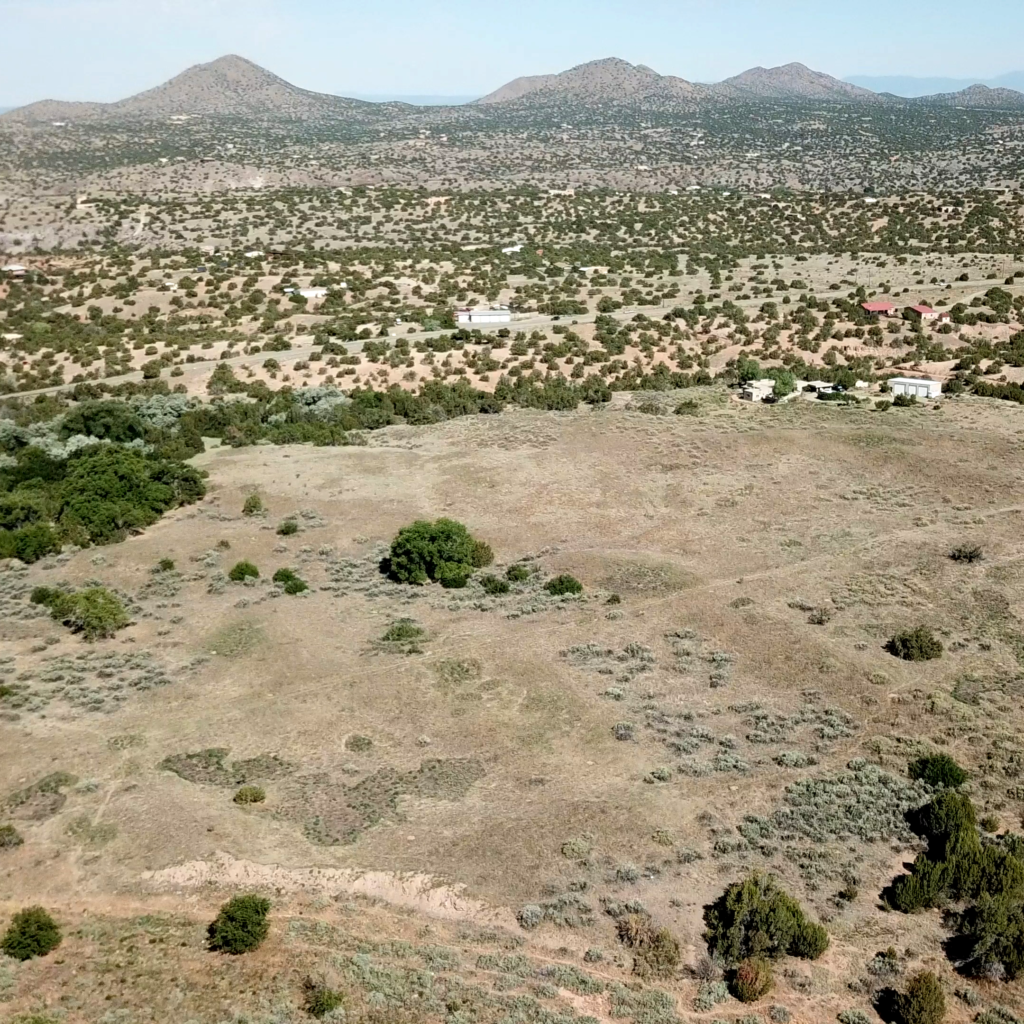SOUTHWEST—In late June, the University of Texas Dallas’ Summer of Applied Geophysical Experience (SAGE) field school, led by John Ferguson, conducted geophysical investigations at Pueblo San Marcos near Santa Fe, New Mexico. The site, which includes twenty-two room blocks containing more than 2,000surface rooms, is one of the largest Ancestral Puebloan communities in the United States. The pueblo was apparently established in the middle-to-late A.D.1200s and occupied until about 1700. It may have controlled the turquoise mines in the nearby Cerrillos Hills.
SAGE has worked at Pueblo San Marcos for the past ten years performing seismic, magnetic, and ground penetrating radar (GPR) surveys. The seismic and magnetic surveys have defined a geologic model that indicates the hydrology of the area likely contributed to Pueblo San Marcos development. The magnetic and GPR data also revealed numerous archaeological features like room blocks and kivas. All the surveys were performed using GPS technology to create a large site-wide map of subsurface features.
This year, SAGE utilized magnetic and GPR instruments with more accurate built-in global positioning systems to create more accurate large-scale maps. SAGE also introduced new technologies to obtain more precise data on the under-lying geology and hydrology of Pueblo San Marcos. This data has yet to be analyzed, and the Conservancy is looking forward to seeing the results.



